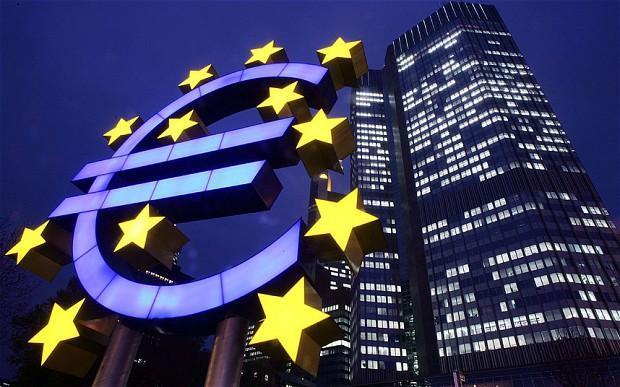Eurozone lending growth brakes in March: ECB
FRANKFURT

Growth in lending to the eurozone economy slipped slightly in March, but households’ and firms’ borrowing kept gaining momentum, European Central Bank data showed April 30.
The pace of private-sector loan growth in the 19-nation single currency zone fell to 3.0 percent year-on-year last month, adjusting for some purely financial transactions, down from 3.1 percent in February and 3.3 percent in January.
Both households and non-financial firms’ uptake of credit both picked up slightly in March, with all of the slowdown coming from non-bank financial firms like insurance companies and pension funds.
Credit growth is a vital indicator for the ECB as it hesitates by the exit door from its massive support to the eurozone.
Governors want to be certain the economy is healthy before ending their mass bond-buying program of 30 billion euros ($36.4 billion) per month - the first step to eventually raising interest rates from their historic lows.
Both policy levers are designed to pump cash through the financial system and into the pockets of firms and households, where it can be used for spending and investment to power growth and, indirectly, inflation.
But after almost 2.4 trillion euros of asset purchases the ECB remains far from its target of price growth just below 2.0 percent, with March’s reading coming in at just 1.3 percent.
Looming threats to the eurozone like a possible transatlantic trade war and weakening indicators of business, investor and consumer confidence could prompt a “moderation” in growth following an unexpectedly strong year, ECB President Mario Draghi said last week.
But he added that policymakers have “unchanged confidence” the central bank will eventually hit its price growth target -- although forecasts call for just 1.7 percent inflation by 2020.
















